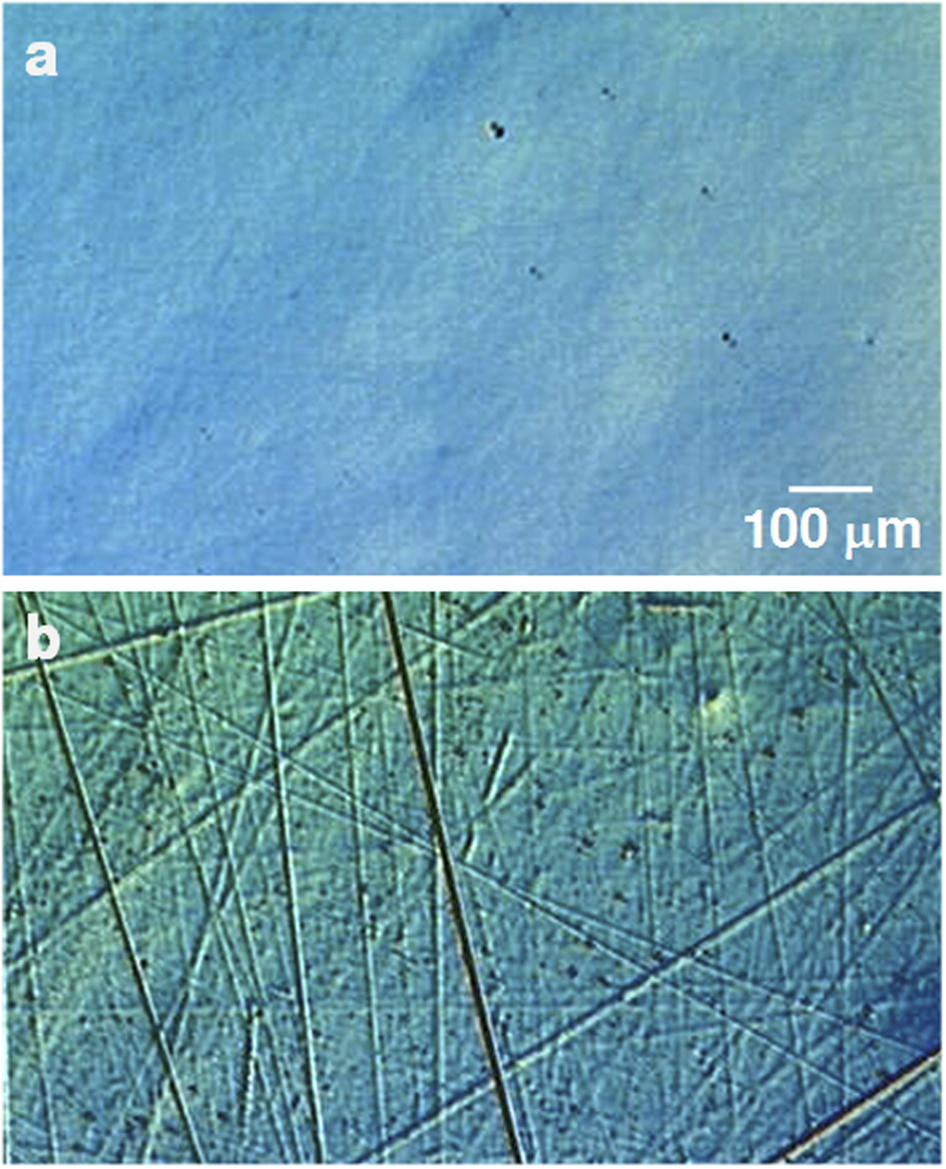This "Non-Joulian Magnetostriction" could change the way we think about a certain type of magnetism that has been in place since 1841, when physicist James Prescott Joule discovered that iron-based magnetic materials changed their shape but not their volume when placed in a magnetic field. This phenomenon is referred to as "Joule Magnetostriction," and since its discovery 175 years ago, all magnets have been characterized on this basis.
Harsh Deep Chopra, professor and chair of mechanical engineering at Temple, and Manfred Wuttig, a professor of materials science and engineering at the University of Maryland, discovered that when they thermally treated certain iron-based alloys by heating them in a furnace at approximately 760 degrees Celsius for 30 minutes, then rapidly cooled them to room temperature, the materials exhibited the non-Joulian behavior.
The researchers found the thermally treated materials contained never before seen microscopic cellular-like structures whose response to a magnetic field is at the heart of non-Joulian magnetostriction. The researchers noted that conventional magnets can only be used as actuators for exerting forces in one direction since they are limited by Joule magnetostriction. Actuation, even in two directions, requires bulky stacks of magnets, which increase size and reduce efficiency. Since non-Joulian magnets spontaneously expand in all directions, compact omnidirectional actuators can now be easily realized, they say.

Polishing can cause deep buried subsurface deformation. (a) An apparently scratch-free Fe82.9–Ga17.1 single crystal after polishing but before etching. (b) Subsequent etching in a 50:50 nitric acid and distilled water solution reveals numerous scratches. Credit: doi:10.1038/nature14459
Because these new magnets also have energy efficient characteristics, they can be used to create a new generation of sensors and actuators with vanishingly small heat signatures, said the researchers. These magnets could also find applications in efficient energy harvesting devices; compact micro-actuators for aerospace, automobile, biomedical, space and robotics applications; and ultra-low thermal signature actuators for sonars and defense applications.
The new magnets are composed of alloys that are free of rare-earth elements so they could replace existing rare-earth based magnetostriction alloys, which are expensive and feature inferior mechanical properties, said researchers.
Citation: Harsh Deep Chopra, Manfred Wuttig, 'Non-Joulian magnetostriction', Nature 521, 340–343 (21 May 2015) doi:10.1038/nature14459. Funded by the National Science Foundation.






Comments